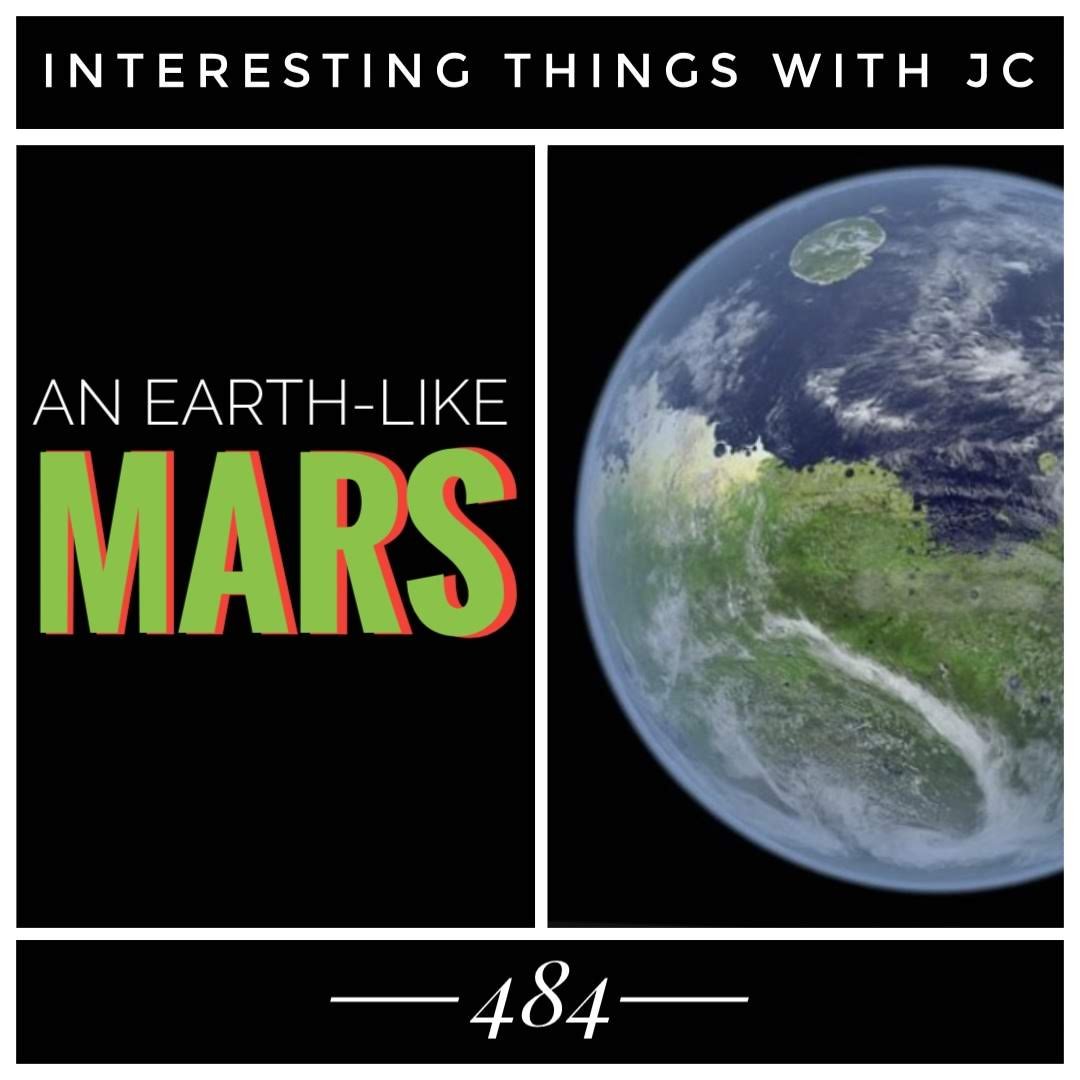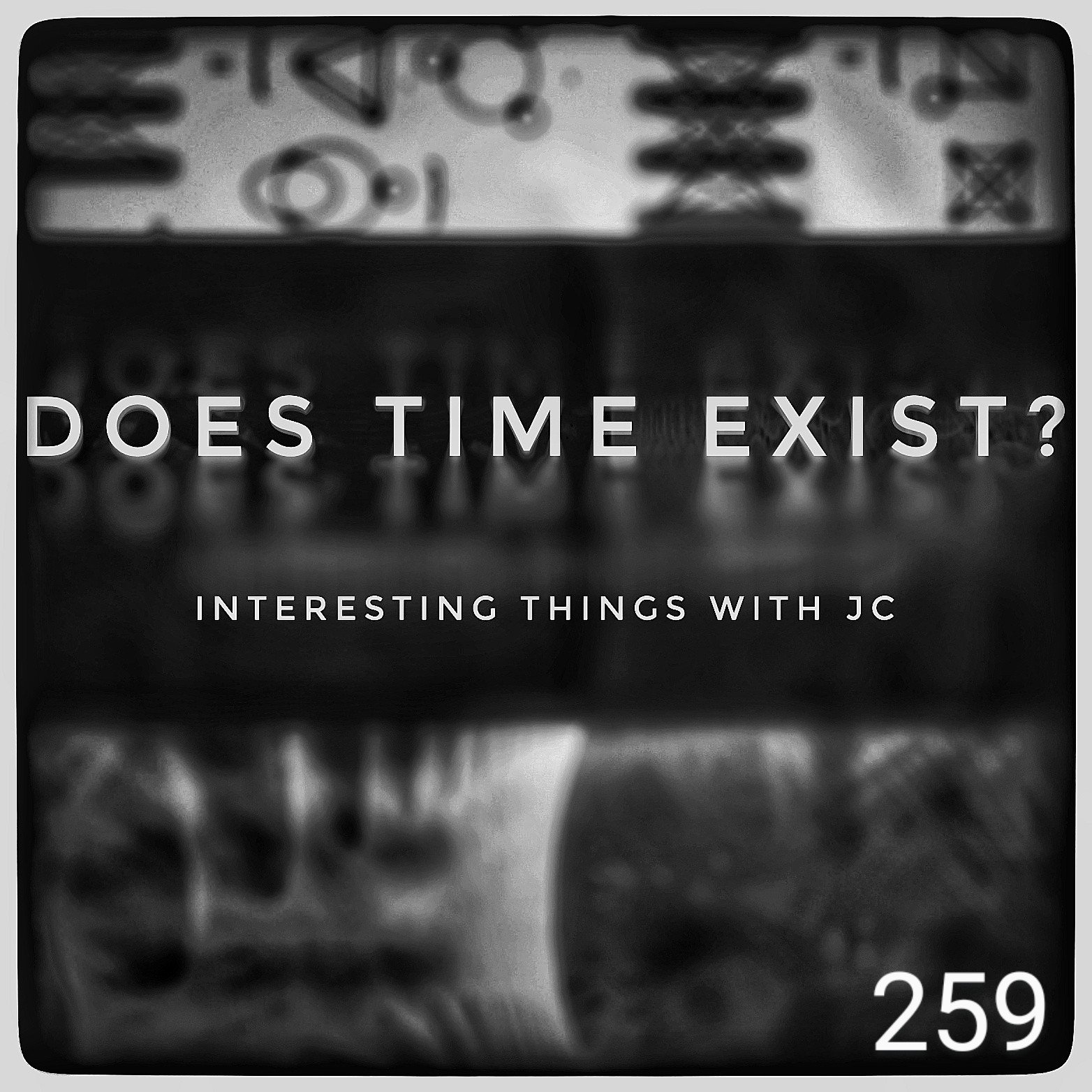A Short Story Podcast Series
Podcast Radio - Podverse - Headliner - Amazon - Apple - Audacy - Audible - Castbox - Deezer - fyyd - GoodPods - iHeartRadio - Instagram - JioSaavn - Listen Notes - Pandora - PlayerFM - PocketCasts - Podcast Republic - Podchaser - Spotify - Stitcher - Youtube
Link to Podcast Library or Scroll for Daily Feed
-
Interesting Things with JC is free to use for teaching and learning under fair use. Educators, homeschooling parents, librarians, and lifelong learners have broad rights to use the episodes and curriculum in any instructional setting. One exception applies to Episode #509: “Harry Chapin and Jim Connors”, which is not covered under this open educational permission.
Full curriculum support begins at Episode #1235: “Three Turns to Freedom”. Any earlier episode without curriculum can be prioritized by request. Educators may contact JimConnors LLC directly, and a matching curriculum module will be created and added to the site.
Teachers and homeschooling families are welcome to use, play, share, print, and adapt all eligible episodes and curriculum materials for lesson planning, instruction, student assignments, LMS uploads, and any other direct educational activity. No special approval is required for everyday classroom use. Crediting the show is appreciated when possible.
This permission does not extend to commercial activity. The episodes and curriculum may not be repackaged, resold, redistributed as a standalone program, or presented as original work by any third party. Any commercial or branded use requires prior written consent from JimConnors LLC. Episode #509: “Harry Chapin and Jim Connors” follows its own restrictions and is excluded from open educational use.
Educators may freely use the content in classrooms, homeschools, co-ops, tutoring programs, library settings, and adult education. They may revise or adapt curriculum pages, print transcripts, share episode links, or integrate materials into their lessons as needed. What is not allowed is turning the work into a paid course, selling derivatives, posting content under another brand, or redistributing the series as a separate product.
Summary:
Free for education.
Not for resale.
Not for commercial repackaging.
Episode #1235: “Three Turns to Freedom” and onward includes full curriculum.
Older episodes can receive curriculum by request.
Episode #509: “Harry Chapin and Jim Connors” is excluded.
All rights reserved © JimConnors LLC. -
Interesting Things with JC is available on the Podcast Radio format in the United Kingdom and the United States. Listeners can tune in on the radio in select cities or stream the station online from anywhere.
United Kingdom – Podcast Radio (UK)
Podcast Radio is a 24-hour all-podcast station based in London. It broadcasts on DAB+ digital radio across London and several other supported UK regions, with full worldwide access through its online stream.
Interesting Things with JC is included in Podcast Radio’s curated programming lineup.
Listeners in the United Kingdom can hear the station on DAB+ receivers in covered areas, through the Podcast Radio website, or through the station’s online and mobile streaming platforms.
United States – Podcast Radio US
In the United States, Interesting Things with JC airs as part of Podcast Radio US across four regional markets. The format is carried on HD Radio channels and FM translators.
Detroit, Michigan: WCSX 94.7 HD2 and 93.5 FM
Tampa Bay, Florida: 1010 WJBR AM
Charlotte, North Carolina: 94.7 FM and WSOC HD3
Fort Myers and Naples, Florida: WXKB HD2, 96.5 FM, 101.5 FM, and 105.1 FMNationwide listening is available through the station’s website at PodcastRadioUS.com.
Streaming Access
Podcast Radio UK and Podcast Radio US both offer live streaming through their official websites and mobile platforms, allowing listeners worldwide to hear Interesting Things with JC as part of the network’s curated programming.
The show is also available across major podcast and audio platforms, including Podcast Radio, Podverse, Headliner, Amazon, Apple, Audacy, Audible, Castbox, Deezer, fyyd, GoodPods, iHeartRadio, JioSaavn, Listen Notes, Pandora, PlayerFM, PocketCasts, Podcast Republic, Podchaser, Spotify, Stitcher, and YouTube.
In addition to audio platforms, listeners can follow and stream content on social media through Facebook, Instagram, X (Twitter), TikTok, and YouTube.
-
Start class with a short, clear story your students can follow from the first sentence. Play an episode of Interesting Things with JC and use the free curriculum to guide a full lesson with questions, activities, and applied learning.
Every episode from #1235 forward includes a modular micro lesson designed for a 30 to 45 minute class period. At the bottom of each episode page, you will find expandable sections that organize all curriculum materials for teachers, parents, and homeschool families.
Each lesson includes:
Lesson overview with title, grade band, subject area, and learning objectives
Key vocabulary with phonetic spelling and plain language definitions
Core story content created through the Precise Storytelling Framework
Full podcast transcript
Student worksheet with comprehension and writing activities
Teacher guide with pacing notes, strategies, and discussion tools
Quiz or quick check assessment with a scoring rubric
Standards alignment across multiple national and international frameworks
ADA compliant alt text for all instructional media
Links to approved primary sources used for fact checking
Guidance for homeschool adaptation and flexible scheduling
All curriculum materials are created through the Narrative Intelligence System to ensure accuracy, accessibility, and age-appropriate delivery. Lessons stay free of ideological frameworks and focus on academic content only.
Standards Alignment
Interesting Things with JC aligns each micro lesson with the following approved educational standards:
United States National Standards
Next Generation Science Standards (NGSS)
Common Core State Standards (CCSS) in English Language Arts and Mathematics
College, Career, and Civic Life Framework for Social Studies (C3 Framework)
International Society for Technology in Education Standards (ISTE Standards)
National Core Arts Standards (NCAS)
Career and Technical Education Career Clusters (CTE Career Clusters)
Association of College and Research Libraries Framework for Information Literacy (ACRL Framework)
Bloom’s Taxonomy for Cognitive Learning Objectives
Universal Design for Learning Guidelines (UDL Guidelines)
Additional United States Alignment Areas
Alignment to state and provincial academic standards when content applies
Media and Information Literacy standards
Social Emotional Learning and 21st Century Skills frameworks
Financial Literacy and Employability Skills standards
English as a Second Language and World Language vocabulary support when applicable
International Academic Equivalents (Content-Based Alignment Only)
United Kingdom National Curriculum, Key Stages 3 to 5
AQA, OCR, and Edexcel Examination Board Specifications
International Baccalaureate Primary Years Programme, Middle Years Programme, and Diploma Programme (IB PYP, MYP, DP)
Cambridge International General Certificate of Secondary Education and Advanced Subsidiary/Advanced Level (Cambridge IGCSE and AS/A Level)
Access, Use, and OER Licensing
All lessons are published as Open Educational Resources and may be used, printed, or shared for teaching and learning in classrooms, homeschools, and tutoring environments. Materials are provided for educational use under fair use and may not be resold or distributed commercially.
Episodes from #1235 forward include complete curriculum materials. If you find an older episode without a micro lesson, reach out and it will be moved to the front of the build queue. Starting with Episode #1307, each MP3 page in the RSS feed includes open text at the bottom of the page for quick access to transcripts and curriculum notes.
Teacher and homeschool feedback is always welcome to help improve clarity and layout.
484: "An Earth-Like Mars"
Interesting Things with JC #484: "An Earth-Like Mars" - Paul Smith of the University of Bristol has laid out the foundation for establishing a thriving, contained ecosystem on Mars.
Ref - Smith, P. (2022). Extraterrestrial nature reserves (ETNRs). International Journal of Astrobiology, 1-39. doi:10.1017/S1473550422000398
319: "The Tunguska Event"
Interesting Things with JC #319: "The Tunguska Event" - June 30th 1908, a mysterious blast shook the eastern part of Siberia. The impact devastated an estimated 80 million trees in a radial pattern from the blast zone, generating energy equivalent to nearly 185 Hiroshima bombs.
271: "Shell Grotto of Margate"
Interesting Things with JC #271: "Shell Grotto of Margate" was discovered by accident in 1835. A total of 4.6 million shells were used to decorate the 2,000 square feet of space, and the way the shells are arranged in decorative patterns is reminiscent of a Neptune shrine, a Davey Jones hideaway of sorts. Let's explore the mystery of this historical cultural site!!
259: "Does Time Exist?"
Interesting Things with JC #259: "Does time exist” - When initially looking into emerging theories that remove time from quantum equations, you quickly learn it's been an interesting path of discovery through theory. To start, it's difficult to establish a quantum theory of gravity. Physicists want to grasp the concepts of both general relativity and quantum mechanics and create a new theory of "quantum gravity" to replace them.
For more information please visit https://www.sciencealert.com/time-may-not-exist-according-to-physics-but-that-could-be-okay-for-us
192 - Interesting Things: Color Perception
It's the surface of an object that reflects some colors and absorbs all the others. We perceive only the reflected colors. Perceived color depends on how an object absorbs and reflects wavelengths. Human beings can only see a small portion of the electromagnetic spectrum, from about 400 nm to 700 nm, but it’s enough to allow us to see millions of colors!







